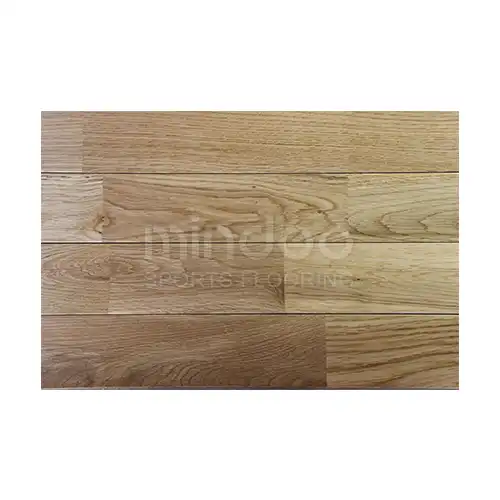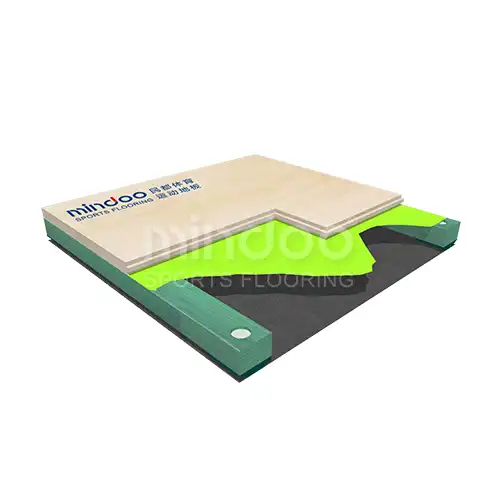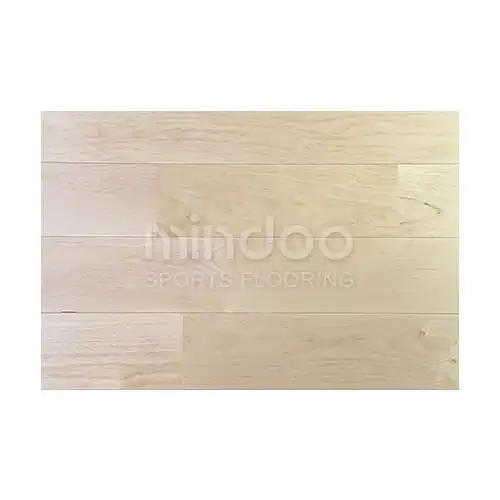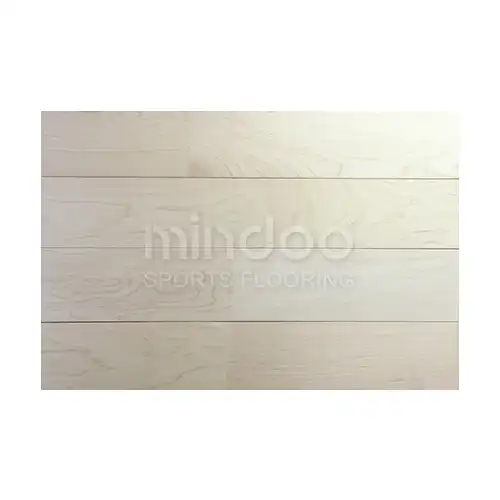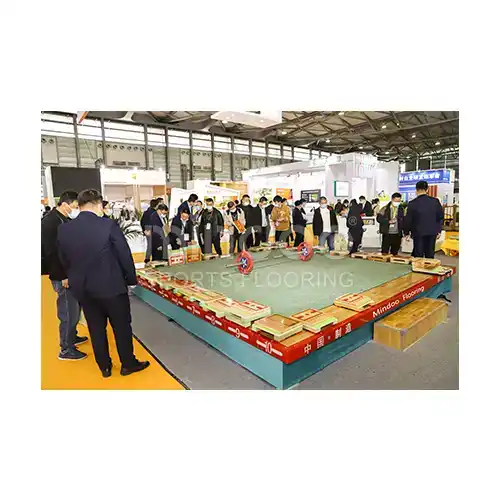Why Is Hardwood Sports Flooring Expensive? An In-Depth Analysis
When choosing sports flooring, hardwood is often the preferred choice due to its durability and elegant appearance. However, hardwood sports flooring tends to be priced higher than other types of flooring. There are several reasons behind this price difference. This article will explain the factors contributing to the higher cost of hardwood sports flooring, helping you better understand the value of this investment.

1. High-Quality Hardwood Materials
The price of hardwood sports flooring is significantly influenced by the type of wood used. High-quality hardwoods like maple, birch, and oak are chosen for their hardness, stability, and aesthetic appeal, making them ideal for sports flooring. These woods have a long growth cycle, and the cost of harvesting and transporting them is higher, which increases the overall price. Maple, in particular, is highly sought after due to its scarcity, further driving up its cost.

2. Detailed Manufacturing Process
The production of hardwood sports flooring involves a complex and precise process. Each piece of wood undergoes multiple steps, including cutting, drying, sanding, and finishing, to ensure it is smooth, durable, and suitable for sports use. Compared to standard flooring, hardwood sports flooring requires more specialized treatments, such as non-slip finishes and UV resistance, to withstand prolonged use. These extra steps add to the production cost.
3. Specialized Installation Requirements
Installing hardwood sports flooring is not as simple as laying down wooden boards. It requires a carefully designed substructure and professional installation. Depending on the venue, customized designs may be necessary, increasing both the complexity and cost of installation. The installation team must possess specialized skills to ensure the flooring is stable and performs well in various sports settings.

4. Long-Term Durability and Value
Although hardwood sports flooring has a higher initial cost, its durability makes it a wise long-term investment. Quality hardwood flooring can withstand heavy use for many years while maintaining its performance. For high-traffic spaces like gyms and sports arenas, hardwood flooring reduces the frequency of replacements, and its long-term maintenance costs are lower, offering great value over time.
5. Environmental Sustainability
Many hardwood sports floors today are made from FSC-certified wood, ensuring that the wood comes from sustainably managed forests. FSC-certified wood is more expensive than non-certified wood because it adheres to strict environmental and sustainable harvesting standards. While this adds to the cost, it contributes to environmental protection, and many consumers are willing to pay a premium for eco-friendly options.

6. After-Sales Service and Warranty
Hardwood sports flooring typically comes with long warranties and maintenance services to ensure its performance over time. Manufacturers often offer regular inspections, maintenance, and repairs, which add to the overall cost but also enhance the long-term value of the flooring.
The higher price of hardwood sports flooring is justified by the value it provides. From premium wood selection to precise manufacturing, specialized installation, and ongoing maintenance, every step in the process requires significant time and resources. Although the initial investment is higher, the durability and long-term value of hardwood flooring make it a worthwhile choice. For sports venues requiring high performance and durability, hardwood sports flooring remains the top option.
